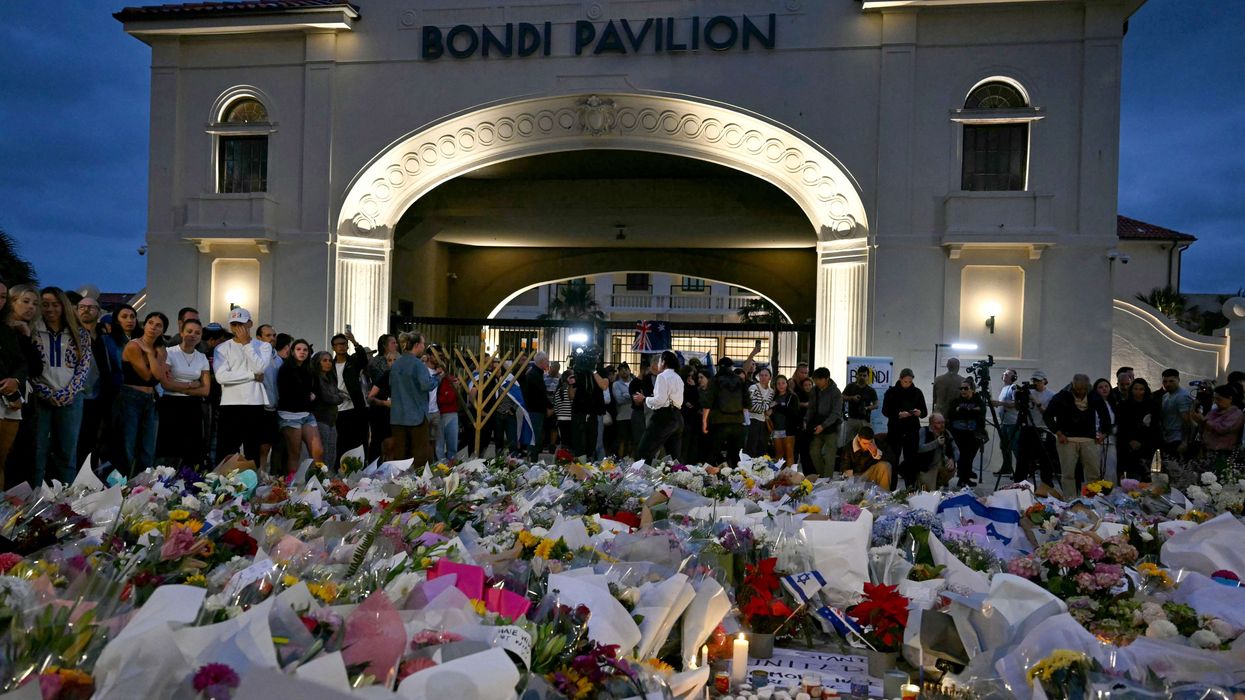THE UK’s unemployment rate has increased to its highest level since July 2021, according to official data released on Tuesday, following the impact of a business tax rise and the introduction of US tariffs.
The Office for National Statistics (ONS) said the unemployment rate rose to 4.6 per cent in the three months to the end of April. This was up from 4.5 per cent in the first quarter of the year.
The figures reflect the early effects of a business tax increase announced in the Labour government’s first budget in October. April also marked the beginning of a baseline 10 per cent tariff on the UK and other countries introduced by US president Donald Trump.
“There continues to be weakening in the labour market, with the number of people on payroll falling notably,” said Liz McKeown, director of economic statistics at the ONS.
“Feedback from our vacancies survey suggests some firms may be holding back from recruiting new workers or replacing people when they move on,” she added.
The data also showed a slowdown in wage growth. Analysts said the overall picture could encourage the Bank of England to continue cutting interest rates into 2026. The trend pushed the pound lower but supported gains in London’s stock market during early trade on Tuesday.
“With payrolls falling, the unemployment rate climbing and wage growth easing, today’s labour market release leaves us more confident in our view that the Bank of England will cut interest rates further than investors expect, to 3.50 per cent next year,” said Ruth Gregory, deputy chief UK economist at Capital Economics.
The Bank of England last reduced interest rates in May, cutting them by 0.25 points to 4.25 per cent.













